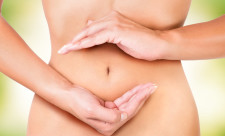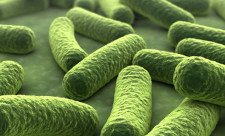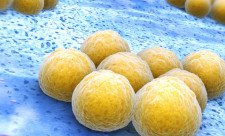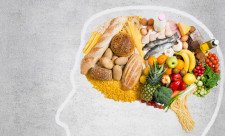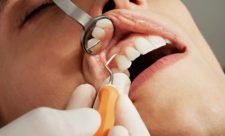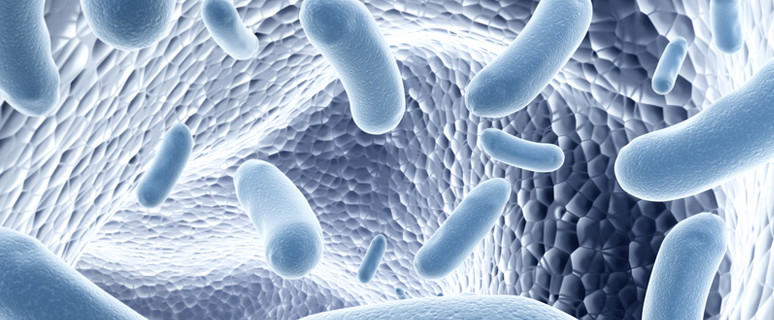
Bacteria in the gut not only help us digest food, but also make an important contribution to the wellbeing of our entire body. This is emphasised in the article “100 Trillion Friends”, published by author Hanno Charisius in the German weekly DIE ZEIT. According to estimates, every person is home to 100 trillion bacteria and other microorganisms, primarily in the gut. “Flat sharing for microbes” which play a crucial role for our health and wellbeing, but suffer from an image problem: Because a few bacteria and pathogens may actually cause diseases, we use disinfectants and antibiotics to launch massive attacks on our microflora. The former, however, also killed good and healthy bacteria and “destroy the sensitive balance in the gut ecosystem”. A growing number of doctors and scientists, Charisius states, have come to the conclusion that this might trigger allergies or cause diseases such as diabetes, afflictions of the cardiovascular system, autoimmune disorders, or cancer.
Studies had shown that poor diets or excessive eating (high in fats, low in fibres) reduces biodiversity in the gut flora. Harmful bacteria are thus able to multiply, there are not enough good bacteria to keep intestines healthy and in this way maintain a person’s immune system. “We have sufficient evidence of a connection between chronic diseases and our gut microbes”, as the Irish microbiologist Kieran Tuohy is quoted by the author.
Gut bacteria react flexibly to diets: It will take only a day for the gut flora to adapt to a new diet. “If predominantly plant foods pass through the digestive tract, bacteria preferring fibres and carbohydrates multiply. An emphasis on animal foods means microbes prevail which are able to strip down proteins and fat.” Depending on the predominating bacterial species, different substances are delivered to the body.
We don’t yet know in detail how a diet best suited to the gut flora would look like. “What seems to suggest itself, however, is providing our flatmates with what they have become accustomed to during their millions of years of shared evolution with man”, Charisius says. One option he lists are fermented foods such as kefir, yogurt, or sauerkraut. Precisely how and which bacteria interact among each other and with humans will be the focus of further research. It seems to be obvious, however, that we are able to influence the positive health effects of our gut flora. Yet another reason to see bacteria as friends, rather than as a threat. (Link to the article: http://www.zeit.de/2014/12/mikrobiom-bakterien-darm)
See more at: https://www.gesunde-bakterien.de/bakterien-im-darm-100-billionen-freunde-2/#sthash.AzKjT0PC.dpuf
Dieser Post ist auch verfügbar auf: German

 20. Oct 2014
20. Oct 2014 Popular
Popular Recent
Recent Comments
Comments

